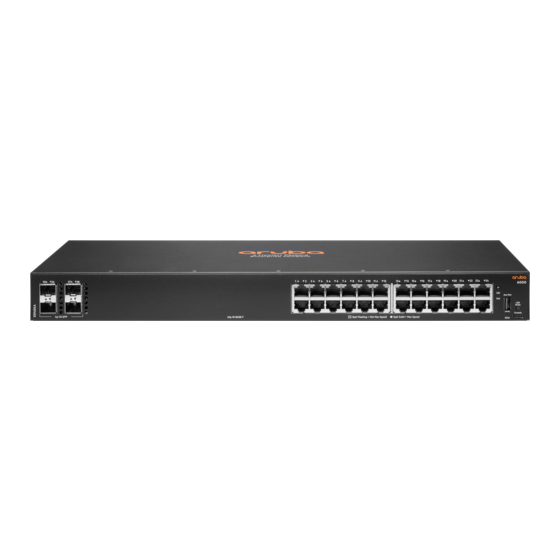
Aruba 6000 Series Installation And Getting Started Manual
Hide thumbs
Also See for 6000 Series:
- Installation manual (72 pages) ,
- Assembly & installation (6 pages)

















Need help?
Do you have a question about the 6000 Series and is the answer not in the manual?
Questions and answers